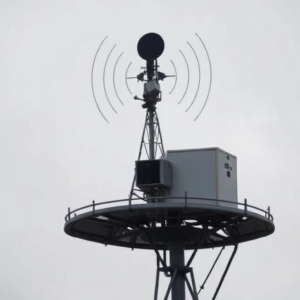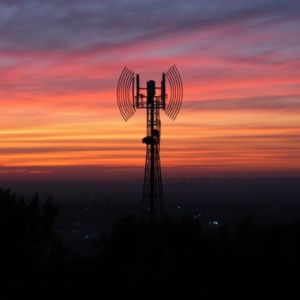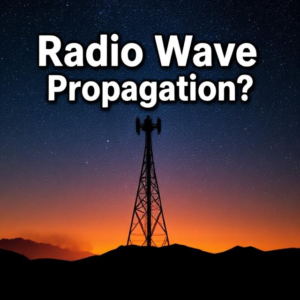Radar technology is a system that uses radio waves to detect objects, measure their distance, speed, and direction, and even map out their shapes. It works a bit like how bats use sound to navigate, but instead of sound, radar uses radio waves, which are just a type of electromagnetic wave (like light, but with much longer wavelengths).
Here’s a breakdown of how radar works in simple terms:

1. Sending Out Radio Waves:
A radar system has an antenna that sends out pulses of radio waves. These waves travel at the speed of light and spread out in all directions.
2. Bouncing Back:
When the radio waves hit an object (like an airplane, a ship, or even raindrops), they bounce back toward the radar system. The object’s size, shape, and material affect how the waves bounce back. Some objects reflect more waves, while others absorb or scatter them.
3. Receiving the Echo:
The radar system also has a receiver that listens for the radio waves that bounce back. By calculating the time it took for the radio waves to return, the radar can figure out how far away the object is.
4. Interpreting the Data:
The radar system then analyzes the reflected waves to understand other important details, like:
- Speed: If the object is moving, radar can determine how fast it’s going by looking at the change in the frequency of the returned waves. This is called the Doppler effect (it’s the same thing that causes the sound of a car’s horn to change as it drives past you).
- Direction: The direction in which the radar’s antenna points helps the system determine where the object is.
- Size/Shape: The amount and pattern of radio waves that bounce back can give clues about what kind of object it is.
5. Displaying the Information:
The radar system uses all this data to create a picture or display showing the position, movement, and sometimes even the type of objects in its range.
Common Uses of Radar:
- Weather Forecasting: Radar helps detect storms, rain, and even tornadoes by bouncing waves off raindrops or snowflakes.
- Air Traffic Control: Radar tracks airplanes to ensure safe distances between them.
- Navigation: Ships use radar to avoid obstacles and navigate safely in poor visibility, like fog.
- Military: Radar is used to detect enemy aircraft, missiles, and ships, and also to track their movements.
- Speed Monitoring: Police use radar to measure the speed of moving vehicles.
In summary, radar works by sending out radio waves, having them bounce off objects, and analyzing the returned signals to figure out things like distance, speed, and location of the objects.











